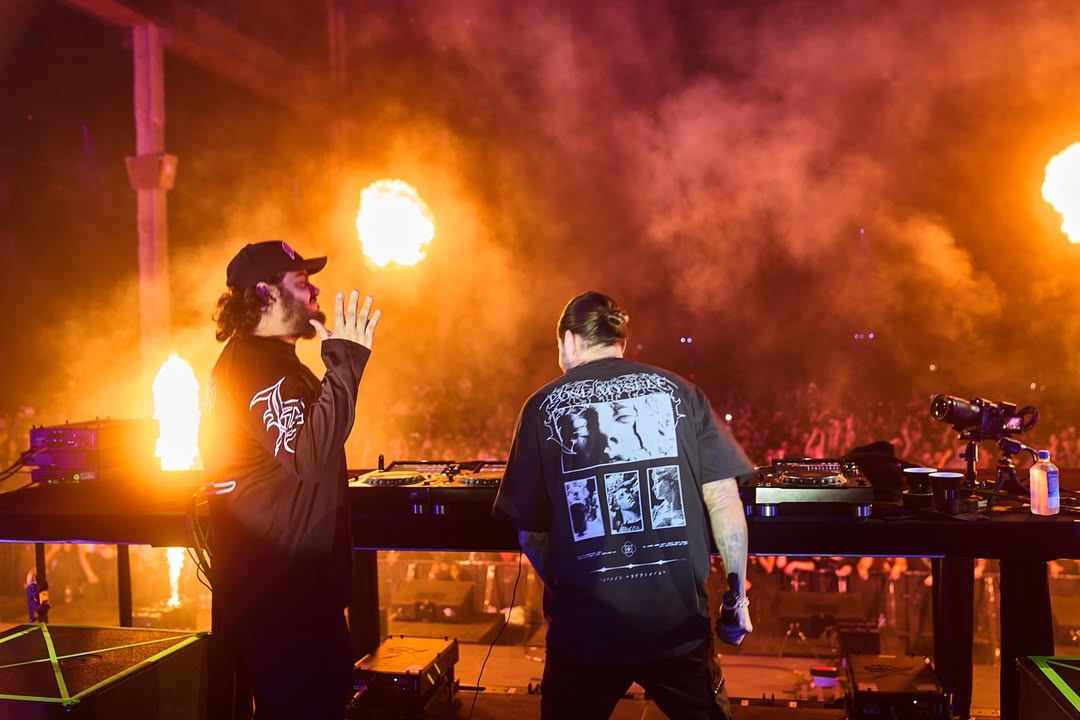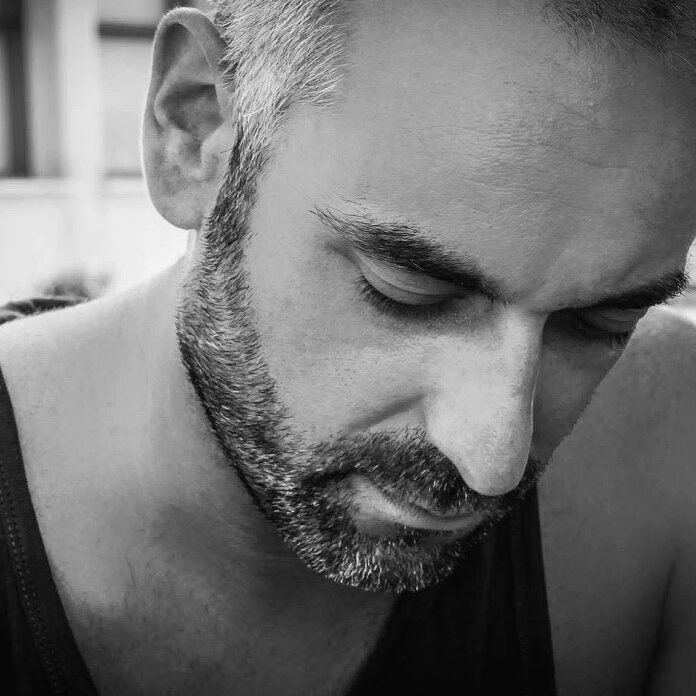One of the most popular tropes in romance anime is the “forced relationship” between the two main protagonists. A forced relationship is when one or both characters are pressured into a romantic relationship due to unforeseen circumstances. Usually, at the beginning of these relationships, the two characters don't get along, but they eventually fall in love as they spend more time together. Some examples of popular forced relationships include Nisekoi’s Raku Ichijo and Chitoge Kirisaki and Engaged to the Unidentified’s Kobe Yonomori and Hakuya Mitsumine.
At first glance, these relationships in anime are problematic because characters are forced against their will to be in relationships with individuals they may not be interested in romantically. Even so, “forced relationship” tropes continue to perk audiences' interests for some reason.
Forced relationship storylines are unrealistic, focusing on couples in “love-hate” relationships or relationships that are strictly for non-romantic benefits. Yet even though these stories are predictable, viewers find these romance storylines captivating because it glamorizes the idea that two individuals can fall in love despite being forced against their will to be together.
In Nisekoi, Raku Ichijo and Chitoge Kirisaki are from rival gangs but are forced into a relationship by their respective families to maintain peace between the gangs. Raku and Chitoge hate one another, but as Raku gets to know Chitoge, he soon develops sincere feelings for her. Similarly, in Rent-A-Girlfriend, Kazuya Kinoshita rents a girlfriend named Chizuru Mizuhara. Soon after, she is forced to be Kazuya's official “fake girlfriend” to appease his family, especially his grandmother. Even though their relationship is strictly business, Kazuya and Chizuru begin to question whether or not they have real feelings for one another, especially when other suitors get involved.
The forced relationships in Nisekoi and Rent-A-Girlfriend occur when outside characters get involved in the protagonists’ love lives, glorifying the idea that forced relationships can work. These kinds of relationships are romanticized to make it seem like they're fated and organic because others are coincidentally helping with the romantic union between two individuals who once disliked each other. These storylines feed into an audience’s fantasies that forced feelings can be reciprocated. Even though forced relationships would obviously be unethical in real life, audiences can still enjoy watching them happen in these romance anime.
Furthermore, these forced relationship fantasies suggest that toxic relationships are healthy. For example, in Wolf Girl & Black Prince, Erika Shinohara blackmails Kyoya Sata to be in a fake relationship because she wants to impress a group of girls. However, in exchange, Erika must act as Kyoya’s servant. On the surface, Kyoya and Erika look like a lovey-dovey couple; nonetheless, Kyoya teases Erika to the point where she questions whether Kyoya likes her or not.
Wolf Girl & Black Prince is a prime example of why forced relationships or those based on coercion aren’t a good idea. If a relationship isn’t built on love, a person might take advantage of another person’s feelings, which happens to Erika as she slowly learns about Kyoya’s dark personality. Kyoka’s teasing and ridiculous demands make it seem like he is taking advantage of Erika’s feelings. Hence, Wolf Girl & Black Prince showcases how forced relationships can lead to toxic relationship mindsets.
A forced relationship seems romantic because two characters who weren’t getting along before develop a passionate love affair after getting to know one another on a deeper level. However, these forced relationships hint at toxicity and abuse. Behind the romance and intimacy, there’s manipulation, possessiveness and emotional exploitation. Even so, anime fans can still enjoy them in a fictional romance setting.
About The Author

